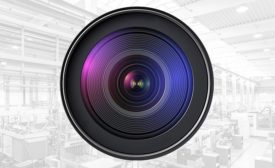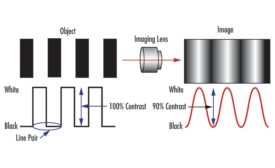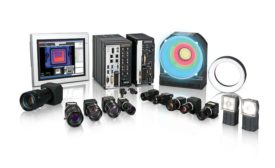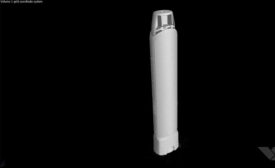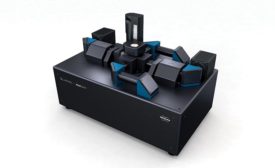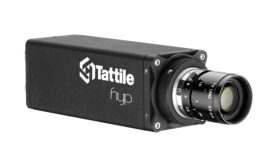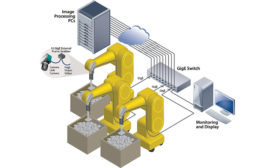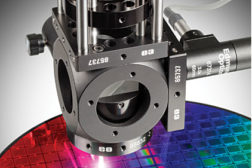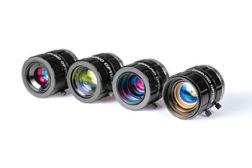Home » Keywords: » imaging systems
Items Tagged with 'imaging systems'
ARTICLES
VISION & SENSORS - LENSES
Imaging systems have specific design requirements to maintain performance without degrading over time.
Read More
Deciphering Lens Specifications and Choosing the Proper Lens
In the past, cameras were once the limiting component for performance in and imaging system. Today, lenses have become the critical component in many applications.
March 2, 2020
Better Processing Power Makes Fast and Precise Color Vision a Reality
As manufacturers today face increasingly stringent quality requirements, new and improved color vision technology provides a welcome solution.
December 2, 2019
NDT
4 Reasons Why CT is the Best Method for Medical Device Quality Inspection
CT is a huge benefit to the medical device industry and will only continue to grow.
October 1, 2019
INDUSTRY HEADLINE
Renishaw's RA802 Pharmaceutical Analyser Wins Measurement Award
April 27, 2017
Vision Technologies and the Rise of the Robot
MANUFACTURERS ARE NOW ACTIVELY SEEKING NEW SOLUTIONS THAT CAN HELP FURTHER BOOST PERFORMANCE AND LOWER COSTS.
May 5, 2015
When to Consider Inline Illumination
It is critical to consider characteristics of the object you’re imaging and the information you need to extract from the image.
January 3, 2014
Vision & Sensors - Lenses
Imaging Lenses Explained
Understand what you can expect to achieve from your imaging lens.
September 11, 2013
Stay in the know with Quality’s comprehensive coverage of
the manufacturing and metrology industries.
eNewsletter | Website | eMagazine
JOIN TODAY!Copyright ©2024. All Rights Reserved BNP Media.
Design, CMS, Hosting & Web Development :: ePublishing
